您的购物车目前是空的!

How to Increase Shower Water Pressure — Easy Expert Tips
Understanding Why Your Shower Feels Like A Gentle Mist

Before you call a plumber, let's do some detective work and figure out why your shower pressure is so wimpy. I've been down this road with friends and family, and believe me, the diagnosis is usually where things go south. Skipping this is like trying to fix a car without popping the hood.
A frequent offender? Your showerhead. Think about it: minerals and gunk build up in those little nozzles every time you shower. Eventually, it’s like trying to drink a milkshake through a coffee stirrer. Easy test: unscrew the showerhead. Better pressure straight from the pipe? Mystery solved!
But sometimes, the issue is bigger than just the showerhead. It could be your home's plumbing. Think of your pipes like the veins and arteries of your house’s water system. Over time, especially in older homes, they can get clogged with mineral deposits, restricting flow everywhere, not just in the shower.
Another potential culprit is your water pressure regulator. This device keeps your pipes safe from overly high pressure, but sometimes it's set too low. It's like a speed limit – good for safety, but annoying when you're in a hurry. Adjusting it can be tricky, so if you're unsure, call a pro.
Also, consider water-saving fixtures. Great for the environment, but they can sometimes make pressure seem lower. In the US, new showerheads can't exceed 2.5 gallons per minute (gpm) at 80 pounds per square inch (psi). This balances conservation with a decent shower, but if your pressure's already low, it can make things worse. Check out this article for more info: https://fee.org/articles/the-most-hackable-showerhead-revealed/.
Finally, don't rule out leaks. Even a small one can dramatically reduce pressure. It's like a pinhole in a garden hose – the water escapes before it reaches the end. Suspect a leak? Get it fixed ASAP to avoid bigger problems and wasted water.
Understanding these possibilities is the first step toward getting that powerful shower you crave. Accurate diagnosis is key – just like a doctor figuring out what’s making you sick. So, investigate before jumping to conclusions. You'll be happy you did!
Quick Wins That Transform Your Shower Experience Today
Sometimes, the easiest fixes make the biggest difference. Before you even think about calling a plumber or tearing into walls, a few simple tweaks can often dramatically improve your shower pressure. Trust me, I've seen these work wonders firsthand.
Simple Fixes for an Instant Boost
First, let's address the obvious: your showerhead. Mineral buildup is a pressure killer – it's like trying to drink a milkshake through a coffee stirrer. Soaking your showerhead in vinegar is a common trick, but I've learned that it can actually damage some finishes. A safer bet? Try a dedicated showerhead cleaning solution or a paste of baking soda and water. A little elbow grease can go a long way!
Next, check for a flow restrictor. These little guys are designed to save water, which is great, but sometimes they restrict the flow too much, especially in homes with already-low water pressure. Removing it is usually a simple twist-and-pull, but there's a catch: in some plumbing systems, removing it can actually lower your pressure. It's kind of like widening a highway without adding more cars – everything just spreads out.

The infographic above shows the connection between showerhead flow rate (measured in GPM, or gallons per minute) and water savings. A higher flow rate (like 2.5 GPM) means less water saved compared to a low-flow model (like 1.5 GPM). It's all about finding the right balance for your needs.
Adjusting Your Pressure Regulator
Beyond the showerhead itself, your water pressure regulator plays a crucial role. This device, typically located near where the main water line enters your house, controls the overall water pressure to your entire home. Sometimes, these are set too low, especially in older houses. Adjusting it can be a game-changer, but it does involve a specific tool and a bit of know-how. If you're not comfortable with plumbing, it's best to call a licensed plumber (Find a plumber near you).
Check Your Valves
Another quick check? Your shutoff valves, specifically the ones leading to your shower. Sometimes these can be partially closed, restricting water flow. It can happen accidentally during renovations or just over time. Make sure they're fully open – it's an easy fix that often gets overlooked. I once helped a friend whose shower pressure magically improved just by turning a valve that had been slightly closed for who knows how long!
These simple checks can often resolve common pressure issues without any major plumbing work. However, if these quick fixes don't do the trick, there are more involved solutions we can explore. To help you decide how to proceed, let's look at a comparison of DIY solutions versus calling in the professionals.
To help you weigh your options, here's a handy table:
DIY Solutions vs Professional Upgrades Comparison: This table compares simple fixes with professional solutions, showing cost, time investment, difficulty level, and expected pressure improvement.
| Solution Type | Cost Range | Time Required | Difficulty Level | Pressure Improvement | Longevity |
|---|---|---|---|---|---|
| Cleaning Showerhead | $5 – $20 | 30 minutes – 1 hour | Easy | Low to Moderate | Months |
| Removing Flow Restrictor | $0 | 5-10 minutes | Easy | Low to Moderate | Years |
| Adjusting Pressure Regulator | $0 | 30 minutes – 1 hour | Moderate | Moderate to High | Years |
| Checking/Opening Valves | $0 | 5-10 minutes | Easy | Low to High | Years |
| Installing a Pressure Booster Pump | $100 – $400 | 2-4 hours | Moderate to Difficult | High | Years |
| Replacing Plumbing Pipes | $500 – $2000+ | 1-3 days | Difficult | High | Decades |
As you can see, simple solutions are often the most cost-effective and quickest to implement, but professional upgrades offer more significant and long-lasting improvements. Consider your budget, DIY skills, and desired outcome when making your decision.
Choosing The Right High-Pressure Shower Head That Delivers
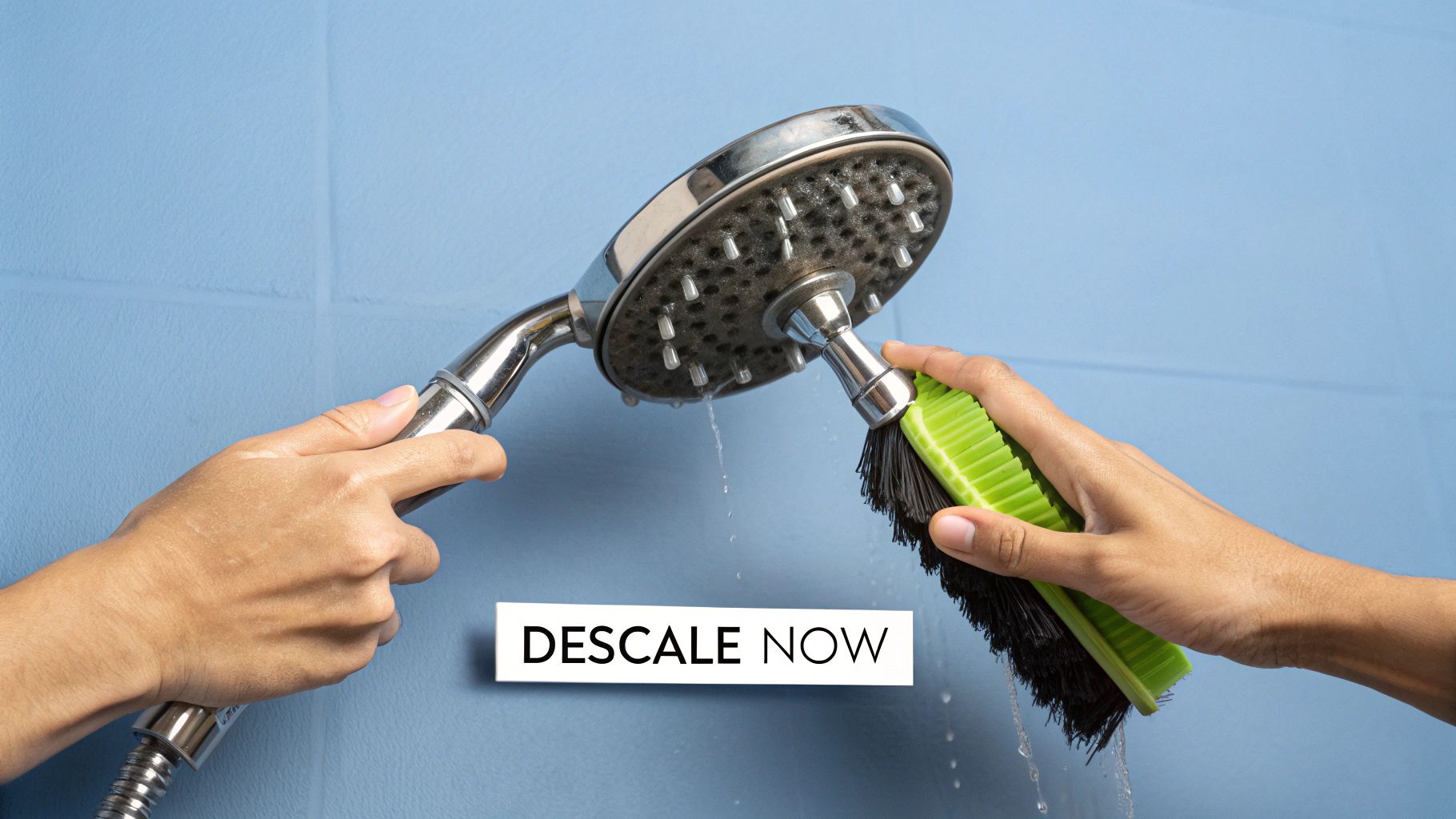
So, you've cleared the clogs, tweaked that pressure regulator, and your shower is still more of a drizzle than a downpour? Time to think about a new showerhead. But hold on – picking the right one can be trickier than you think. Let's talk about finding a shower head that actually delivers on the high-pressure promise.
Understanding the Marketing Hype
You'll see "high-pressure" plastered all over shower head packaging, but sometimes it's just clever marketing. Some manufacturers create the feeling of higher pressure by using smaller nozzles. Sure, the spray feels stronger, but you end up with less water overall—not exactly a recipe for a satisfying shower. Others use fancy spray patterns to mimic high pressure without actually increasing the flow. Don't fall for the hype – look for real features that make a difference.
Features That Actually Increase Shower Water Pressure
There are shower head features that genuinely boost pressure. Air-injection technology, for example, mixes air with the water. Think of it like a garden hose nozzle – the aerated water feels more forceful without actually using more water. You get bigger, more powerful droplets without sacrificing volume. Multiple spray settings are another great feature. A decent high-pressure showerhead will let you switch between a focused massage spray and a wider, rain-like flow, so you can adjust the pressure to your liking.
Installation and Optimization
Even the fanciest shower head won't perform well if it's not installed properly. Make sure your shower arm is clean and free of mineral buildup. A clogged shower arm will restrict flow no matter how good your showerhead is. And of course, double-check all your connections – leaks are a pressure killer. Interestingly, how long you shower can be influenced by more than just the water pressure. A UK study found that even visual cues like timers can affect shower duration. Discover more about shower duration and water pressure here. It highlights the importance of a good, strong flow for a truly enjoyable shower.
Price vs. Performance
High-pressure shower heads come in all price ranges. But in my experience, a higher price tag doesn’t always equal better performance. Some of the best ones I've used are surprisingly affordable. Focus on solid construction, durable materials, and useful features, not just a fancy brand name. For a good balance of quality and value, take a look at the Farne Rain Shower Head.
Choosing the right showerhead can make a huge difference in your shower pressure. By understanding how these things work and looking for features that actually deliver, you can turn your weak shower into a truly invigorating experience.
Plumbing System Upgrades That Actually Move The Needle
Let's face it, sometimes those quick fixes just don't cut it when you're dealing with stubbornly low shower pressure. It's frustrating, right? You've tried cleaning the showerhead, checked for clogs, and still, the water trickles out. This usually means it's time to look a little deeper at your home's plumbing system. Trust me, making the right upgrades can make a world of difference.
Addressing Your Pressure Reducing Valve
One of the first things I'd check is the pressure reducing valve (PRV). This little device controls the water pressure coming into your house. It's important for protecting your pipes, but sometimes it can be set too low, restricting flow to your entire house, including your shower. Finding it can be a bit of a treasure hunt – it's often near your main water shut-off valve.
Adjusting the PRV is usually pretty simple, often just a screw adjustment. But a word of caution: be careful! Too much pressure can damage your pipes. A good target is between 50 and 60 psi. A cheap pressure gauge from your local hardware store will help you monitor the pressure as you adjust.
Re-Piping: A Major but Effective Solution
If you live in an older house, especially one with galvanized steel pipes, corrosion and mineral buildup could be the culprit behind your weak shower. In this case, re-piping, meaning replacing sections of your plumbing, might be the answer, though it’s a bigger project.
Repiping is a significant investment, but it can seriously boost your water pressure and make your whole plumbing system more efficient. Think of it like upgrading from dial-up to fiber optic internet – the difference is that noticeable. You might only need to replace a small section, or you could need a whole-house overhaul depending on the situation.
I had a friend who lived in a 1950s house with infamously low water pressure. She tried everything, and finally, she bit the bullet and re-piped just the lines to her shower. The results were incredible. It wasn't a small expense, but she said it was absolutely worth it for the amazing shower pressure she enjoyed for years afterward.
By the way, if you're thinking of upgrading your shower system entirely, check out the Rhum Round Rainfall Showerhead Thermostatic System. It's pure luxury!
Managing Municipal Water Pressure Limitations
Now, here's a reality check: even the fanciest plumbing upgrades won't help if the water pressure coming from your city is low to begin with. Upgrading your internal plumbing in that situation is like trying to fill a bathtub with a dripping faucet. You need a better source.
Sometimes, you can contact your local water utility to find out the typical water pressure in your area. This helps set realistic expectations about what’s achievable with home upgrades and ensures you’re spending your money wisely.
Weighing the Costs and Benefits
To help you decide what's best for your situation, I've put together a table outlining different plumbing upgrades and their impact on water pressure. This will give you a clearer picture of the costs, benefits, and best scenarios for each upgrade.
Plumbing Upgrade Impact Analysis: Data showing different plumbing improvements, their typical pressure increases, costs, and recommended scenarios
| Upgrade Type | Typical PSI Increase | Average Cost | Installation Time | Best For | ROI Rating |
|---|---|---|---|---|---|
| PRV Adjustment | Low to Moderate | $0 – $50 | 1-2 hours | Quick pressure boost for whole house | High |
| Partial Re-piping | Moderate to High | $500 – $2,000+ | 1-3 days | Addressing localized pipe restrictions | Moderate |
| Full Re-piping | High | $2,000+ | 3-7 days | Severely corroded or outdated plumbing | Moderate |
| Water Pressure Booster | High | $200 – $500+ | 1-2 days | Chronically low municipal pressure | Low |
As you can see, some upgrades are quick and affordable, while others are more of an investment. Thinking about your budget, your specific plumbing issues, and your long-term goals will help you choose the upgrades that are right for you.
Water Pressure Boosters: When They're Worth The Investment
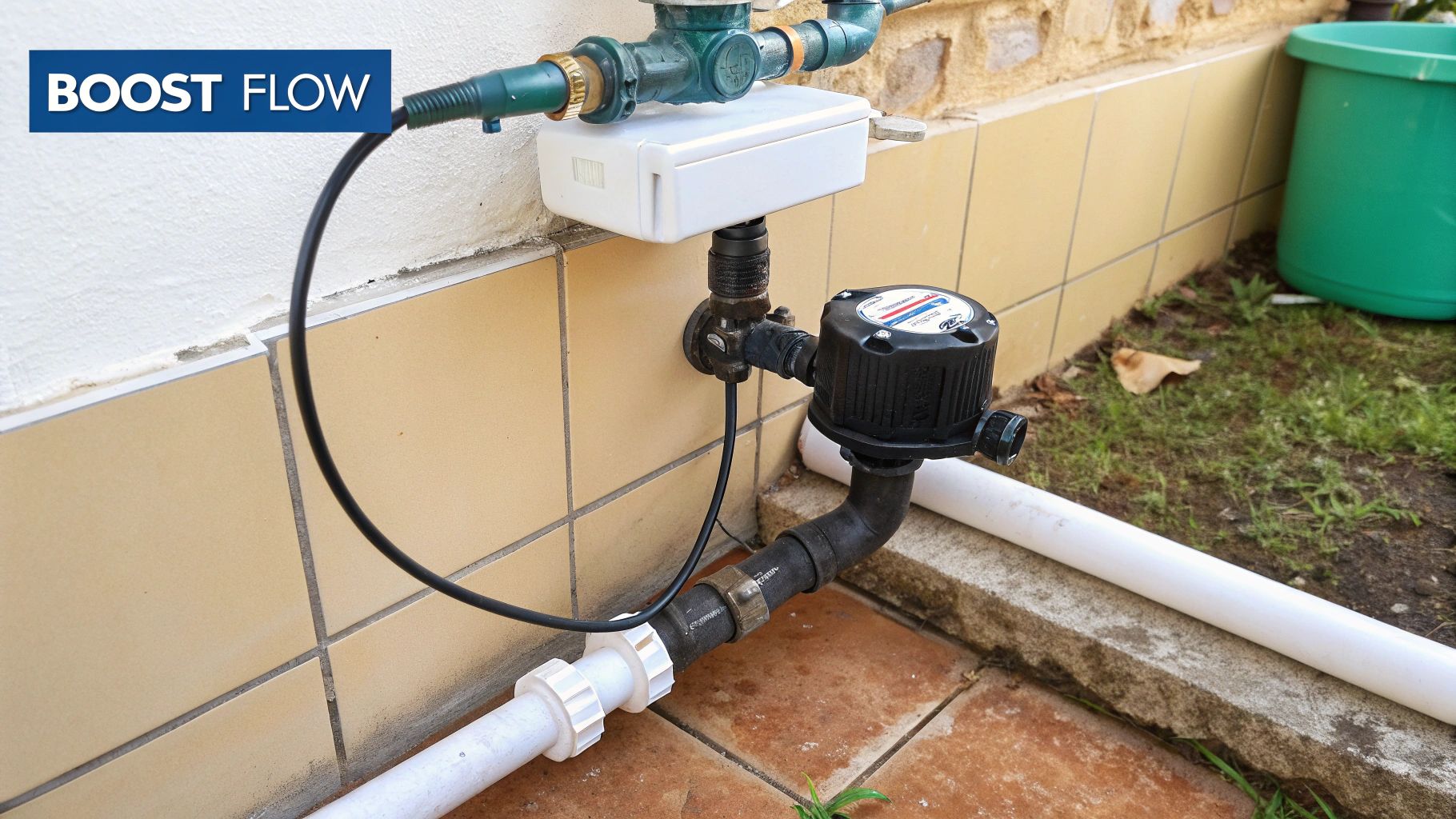
So, you've scrubbed that showerhead, fiddled with the valves, and still, the shower pressure is whispering instead of singing. If you've reached this point, you might be thinking about a water pressure booster pump. Let's dive into whether a booster pump is the right fix for you. They're not a cheap upgrade, so it pays to do your homework.
Understanding the Different Types of Boosters
Boosters come in two main flavors: whole-house and point-of-use. A whole-house booster, just like it sounds, amps up the pressure for your entire home. This is a great option if low pressure is a constant annoyance everywhere, not just the shower. If the shower is your only weak spot, a point-of-use booster, installed just for that fixture, might be a smarter, more budget-friendly choice.
Can Your Water Supply Handle a Booster?
Here's the thing about boosters: they don't create water out of thin air. They boost what you already have. If your water supply is barely a trickle, a booster won't work miracles. It's like trying to turn up the volume on a whisper – you get a louder whisper, not a booming voice. A plumber can assess your water flow and tell you if a booster is even an option.
The Noise Factor and Ongoing Maintenance
One downside you won't always hear about is the noise. Some boosters hum or buzz when they're working. If your plumbing is near bedrooms, this might be a deal-breaker. Also, boosters need regular upkeep, just like any appliance. Factor in possible repairs down the line.
DIY vs. Professional Installation
While some boosters seem DIY-friendly, installation can be more complicated than you think. It often involves electrical work and plumbing connections, and a misstep could damage your system or create a safety hazard. Honestly, it's often best to call a professional plumber. Speaking of good plumbing, check out Cranach's Round 300 3-Function Pressure Balance Valve and Trim.
Real-World Installation Stories: Lessons Learned
I've chatted with homeowners who've gone the booster route, and the results are a mixed bag. Some folks saw incredible improvements, others were let down. One recurring theme? Installation headaches. Even seemingly simple point-of-use boosters can throw curveballs. The noise issue also popped up—that unexpected hum. These real-world stories underscore the need for planning and realistic expectations.
A booster pump can be a game-changer for low shower pressure, but it’s not a magic wand. Think about your water supply, the type of booster, the potential noise, and the installation before you commit. It's an investment, so make sure it's the right one for your home and wallet.
When Standard Solutions Fail: Advanced Troubleshooting
So, you've already done the usual song and dance—scrubbed the showerhead, fiddled with the valves, even checked the pressure regulator—and your shower still feels more like a light mist than a refreshing deluge? Don't throw in the towel just yet! Sometimes, low water pressure is a bit more of a puzzle. Let's dive into some advanced troubleshooting tips to help you finally conquer that weak shower stream.
Hunting Down Hidden Leaks
One sneaky culprit behind low pressure is a hidden leak. Think of it like a tiny hole in a garden hose: water escapes before it reaches the nozzle. The same thing can happen in your plumbing. A small leak tucked away behind a wall or under the floor can steal pressure before it ever gets to your showerhead. Keep an eye out for telltale signs like damp spots, unexplained mold, or the sound of running water when everything should be off. Finding these hidden water gremlins often requires a professional plumber with specialized leak detection tools.
Elevation and Municipal Water Supply
Believe it or not, sometimes the problem isn't even in your house. If you live on a higher floor in a building or in a hilly area, your water pressure might naturally be lower. It's similar to inflating a balloon at the top of a mountain—the thinner air makes it harder to get a good, strong fill. Gravity plays a role too, making it more challenging for the water to reach you with full force. Low municipal water supply—the pressure your city provides—can also put a damper on things, limiting how much you can improve your home’s pressure.
Uncommon Plumbing Problems
Beyond the usual suspects, a few less-common plumbing quirks can mimic general pressure loss. A faulty thermal expansion tank, for example, can mess with pressure regulation. Cross-connections between hot and cold water lines can also lead to pressure drops in the shower. Finally, pipe sizing mismatches—using pipes that are too narrow for the water demand—can restrict flow. These issues usually require a plumber's expertise to pinpoint and fix. Interestingly, in some parts of the world, boosting shower pressure isn't the main concern. In water-stressed regions like Qatar and Saudi Arabia, efficient water use takes priority. Learn more about global water stress here.
When to Call the Experts
If you've tried everything you can think of and you're still stumped, it's time to call in the professionals. A qualified plumber can diagnose those tricky issues, perform pressure tests, and suggest effective solutions. When you do reach out to a plumber, be prepared with the details. Tell them what you've already tried, when the problem started, and anything else that might be helpful.
Finding the Right Fixtures
Even with good water pressure, the right fixtures can make all the difference in your shower experience. Check out the Swains Thermostatic Shower System for a truly luxurious upgrade. By understanding these more complex pressure issues and knowing when to seek professional help, you’ll be well on your way to enjoying the invigorating shower you deserve.
Your Action Plan For Better Shower Pressure
So, we've covered everything from quick fixes to full-on plumbing renovations. Now, let's figure out a plan to boost your shower pressure. This isn't a one-size-fits-all kind of deal; it's about finding the right mix of solutions for your unique situation, budget, and DIY skills.
Prioritizing Improvements: Where to Start
If you're dealing with several pressure issues, knowing where to begin can be a bit like looking at a tangled mess of Christmas lights. My advice? Start simple. Think "easy wins" first. A thorough showerhead cleaning and a check for those pesky flow restrictors often does the trick without costing you a cent. Next, take a look at your shutoff valves and your pressure regulator. If these quick checks don't give you the boost you're looking for, then consider bigger moves like a new showerhead or even plumbing changes.
Realistic Expectations: Setting Achievable Goals
Let's be real – if your city water pressure is naturally low, you won't suddenly have a Niagara Falls situation in your bathroom. But, you can definitely improve things within the limits of your water supply. Knowing your baseline pressure is key. A simple pressure gauge can tell you where you're starting from and help you track your progress.
Creating a Maintenance Schedule: Keeping the Pressure Up
Boosting your shower pressure is a marathon, not a sprint. Keeping that pressure up is just as important as the initial fixes. Think of it like car maintenance – regular checkups prevent bigger problems down the road. Regularly cleaning your showerhead, checking for leaks, and tweaking your pressure regulator can prevent future pressure drops and keep your shower running smoothly. You might also find this helpful: Check out our guide on installing a bathroom faucet.
Knowing When to Call a Pro: Recognizing Your Limits
While many shower pressure fixes are easy to handle yourself, some are best left to the experts. If you're dealing with hidden leaks, complicated plumbing, or thinking about a booster pump, call a licensed plumber. Trust me, trying to tackle these without the right know-how and tools can create even bigger headaches (and expenses) later on.
The "Good Enough" Zone: Finding Your Sweet Spot
Sometimes, "good enough" is perfectly fine. You don't always need to chase the ultimate power shower experience. Consider your personal preferences and water usage. Slightly lower pressure might be totally adequate if it saves water and energy. It's about finding the right balance between a comfortable shower and conserving resources.
Long-Term Strategies: Preventing Future Pressure Loss
Preventing future pressure loss is about being proactive and making smart choices. Regularly cleaning your fixtures, fixing leaks quickly, and choosing high-quality, durable plumbing components can help keep pressure problems at bay. Think of it as an investment in your home's plumbing health – a little effort now saves you from major hassles later.
By following these tips and adjusting them to your specific needs, you can create a practical, effective plan for boosting your shower pressure and enjoying a more invigorating shower for years to come. For all your bath and kitchen fixture needs, check out the high-quality selection at Cranach. We offer a wide variety of faucets, shower sets, and other plumbing solutions designed to enhance your home and deliver a truly refreshing shower experience.


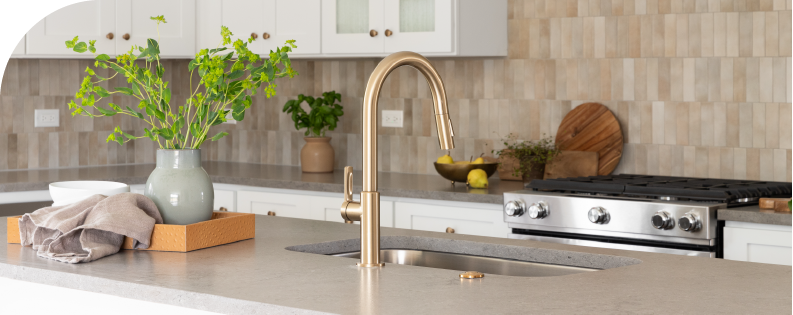

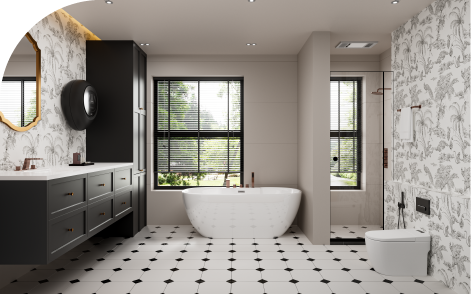
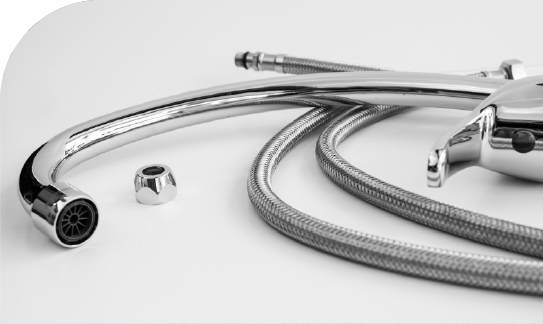
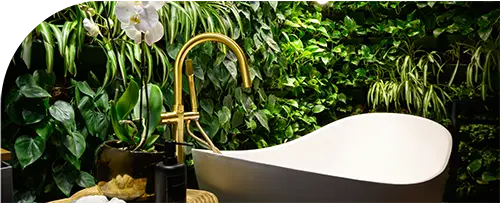
Leave a Reply